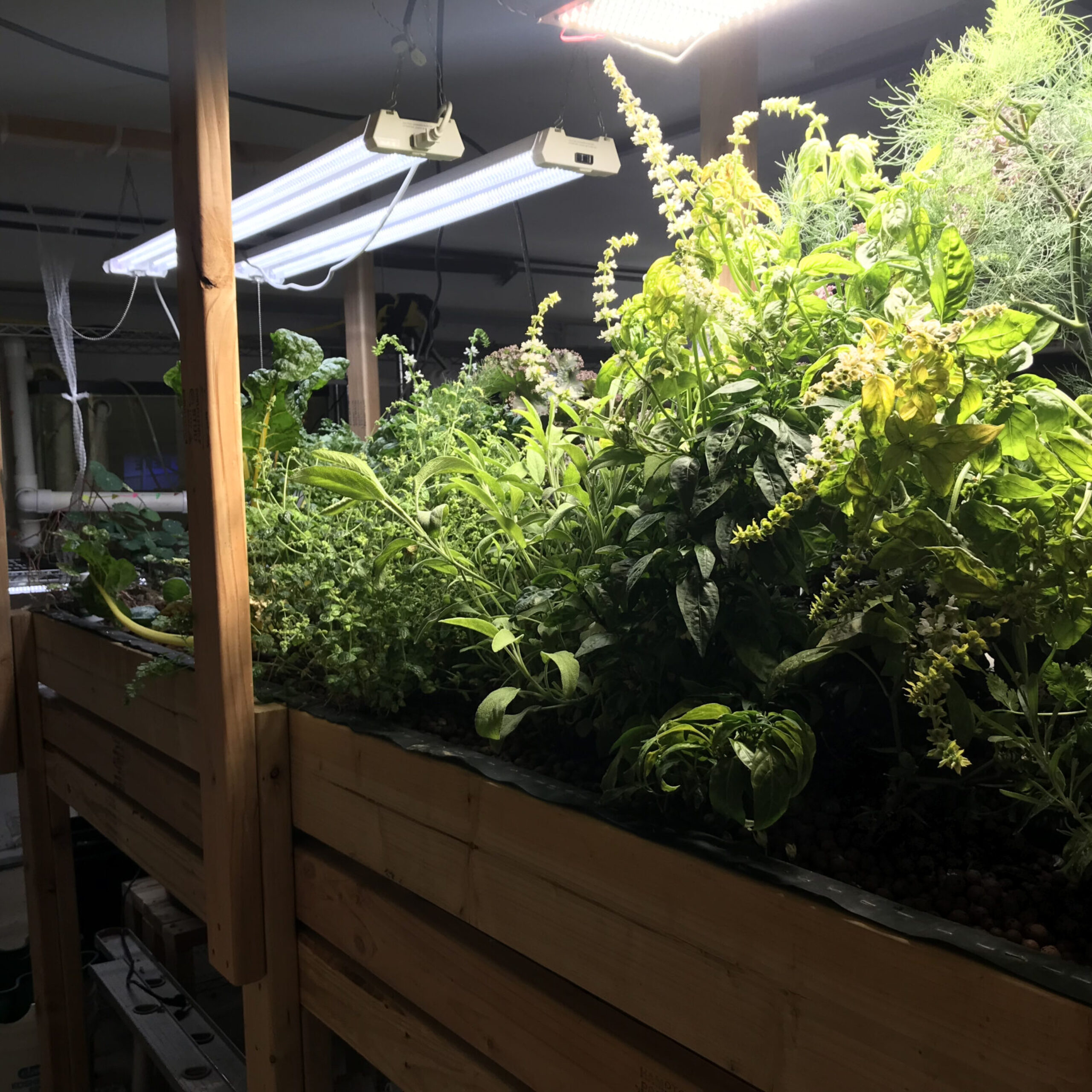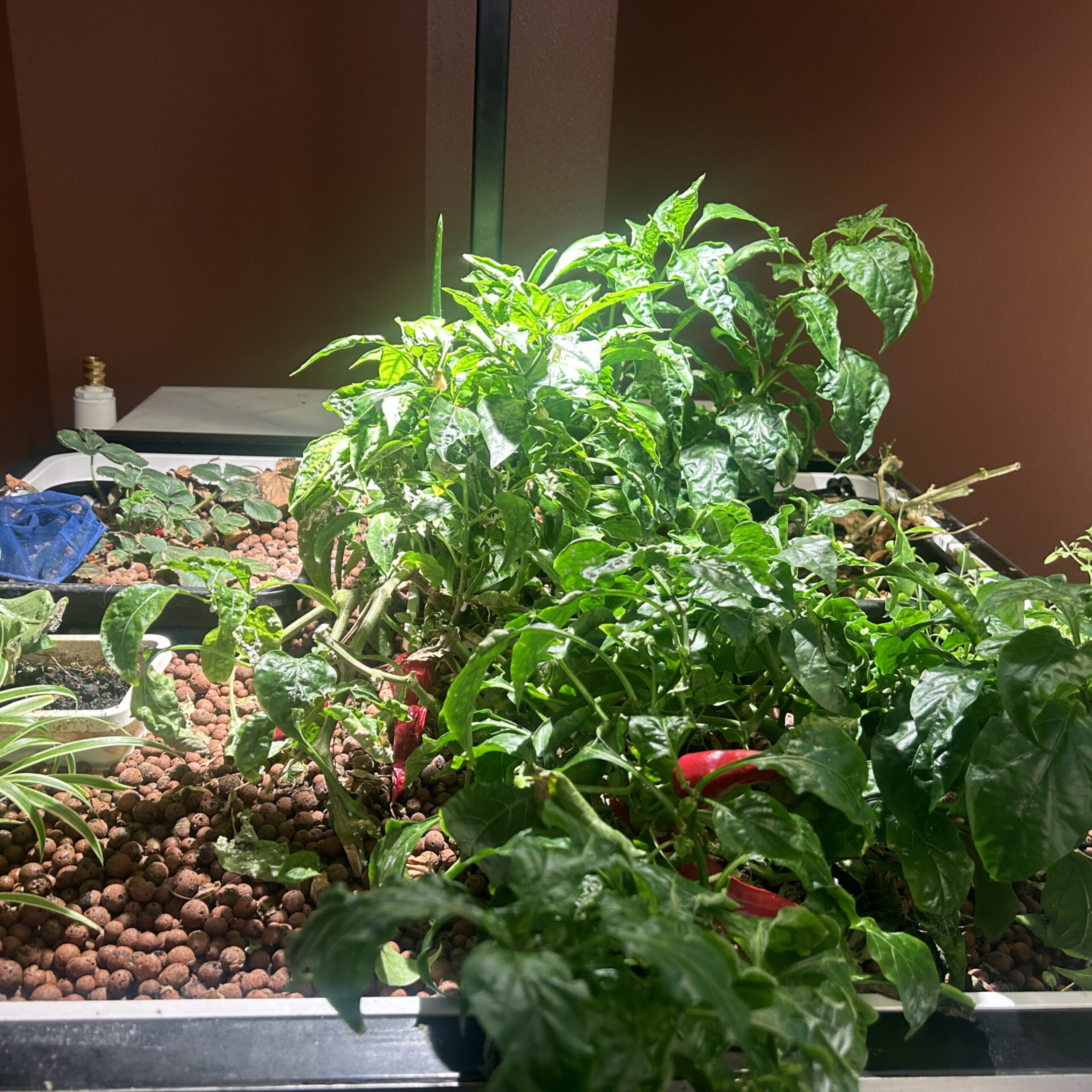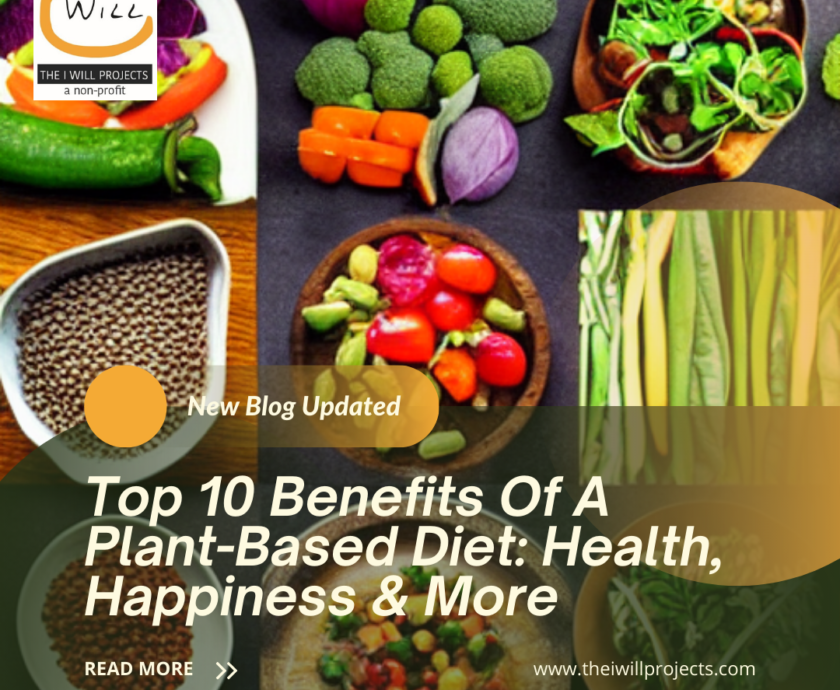“Raw or cooked, the more veggies you eat, the better off you’ll be. Each preparation method offers its own unique perks.” – Michael Pollan, Journalist and Food Writer
TweetTable of contents
Introduction
There’s a growing debate surrounding raw vs. cooked vegetables and how to prepare them for maximum health benefits.
Do raw vegetables offer the best in nutrients, or does cooking bring out hidden benefits? This question has sparked passionate opinions from nutritionists, chefs, and health enthusiasts alike.
In this article, we’ll dive deep into the nutritional advantages, taste factors, and health benefits of both raw and cooked vegetables to help you find the ideal preparation style.
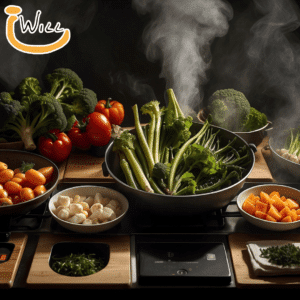
Nutritional Benefits of Vegetables
Vegetables are nutrient-dense powerhouses packed with vitamins, minerals, fiber, and antioxidants, making them essential to a healthy diet.
By incorporating a variety of vegetables into your meals, you enhance your intake of essential nutrients like vitamin C, vitamin A, folate, potassium, and magnesium.
However, many nutrients in vegetables are sensitive to factors like heat, light, and oxygen. This has led to the “raw vs. cooked vegetables” debate as health-conscious people seek to preserve the most nutrients possible.
The Case for Raw Vegetables
Raw vegetables are known for retaining heat-sensitive nutrients like vitamin C, as well as beneficial plant enzymes that can be lost during cooking.
Here are some key benefits of enjoying vegetables in their raw form:
- Vitamin C Preservation: Vitamin C, essential for immune health and collagen synthesis, is particularly sensitive to heat. Vegetables like bell peppers, spinach, and broccoli lose vitamin C content when exposed to high cooking temperatures. Eating them raw helps maximize vitamin C intake.
- Enzymatic Activity: Many raw vegetables contain enzymes that may aid in digestion and nutrient absorption. These enzymes are destroyed at high temperatures, which is why raw-food enthusiasts argue for the raw approach to support gut health.
- Fiber Content: Raw vegetables are high in insoluble fiber, which aids in digestion and promotes a feeling of fullness. Since insoluble fiber is often softened when cooked, raw vegetables can sometimes support digestive health better.
However, there are limitations to relying solely on raw vegetables. Not all nutrients are fully accessible in raw form, and some plant compounds are more effectively absorbed after cooking.
The Case for Cooked Vegetables
Cooking vegetables transforms both flavor and nutrient availability, with evidence suggesting that cooking enhances the bioavailability of certain compounds.
Some nutrients and antioxidants in vegetables become easier to absorb after cooking, offering unique health advantages:
- Increased Bioavailability of Nutrients: Cooking can enhance the bioavailability of carotenoids, like beta-carotene and lycopene, found in vegetables like carrots, tomatoes, and spinach. These antioxidants play a critical role in fighting oxidative stress and inflammation, and cooking helps break down cell walls to release them.
- Digestibility: Cooking softens fibers and complex carbohydrates, making vegetables easier to digest. This is particularly beneficial for individuals with digestive sensitivities, as raw vegetables can sometimes cause bloating or discomfort.
- Enhanced Flavor and Versatility: Cooking can bring out natural sugars and flavors, adding depth to vegetables that may taste bitter or sharp in their raw state. Roasting, steaming, and grilling are popular ways to enjoy a new dimension of flavor in vegetables.
Cooking does have some drawbacks, including nutrient loss for specific vitamins and enzymes. However, these effects depend on cooking methods and duration, with sautéing and steaming generally preserving more nutrients than boiling.
Nutrient Variability in Raw vs. Cooked Vegetables
Not all nutrients react to heat in the same way. Understanding how cooking affects specific vitamins and minerals can guide your approach:
- Water-Soluble Vitamins: Vitamin C and certain B vitamins, which are water-soluble, can degrade quickly when heated. Vegetables high in these vitamins, such as bell peppers, spinach, and broccoli, may retain more of these nutrients when consumed raw.
- Fat-Soluble Vitamins: Vitamins A, D, E, and K are fat-soluble, meaning they benefit from light cooking and the addition of a small amount of fat for absorption. Cooking carrots, tomatoes, or spinach with olive oil, for instance, helps release fat-soluble vitamins for better absorption.
Digestive Health: Raw vs. Cooked Fiber
The fiber in vegetables plays an essential role in digestive health. However, there’s a difference in how our bodies process raw versus cooked fiber:
- Raw Fiber: Insoluble fiber in raw vegetables adds bulk to stool and helps regulate bowel movements. For individuals looking to increase fiber intake and promote satiety, raw vegetables are a good choice.
- Cooked Fiber: Cooking breaks down the structure of fiber, which can make it easier on the digestive system. Softened fiber is often easier for people with sensitive digestion to tolerate, making cooked vegetables a better option for some.
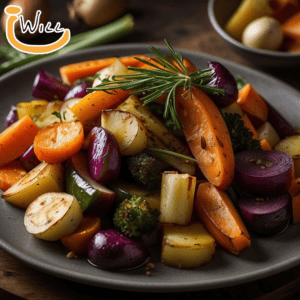
Antioxidant Levels: Impact of Cooking
Antioxidants, those amazing compounds that protect our cells from damage, are abundant in colorful vegetables. But when it comes to raw vs. cooked vegetables, the way you prepare them can actually influence the levels of certain antioxidants.
- Lycopene: Found in tomatoes, lycopene levels increase when tomatoes are cooked. Lycopene is a powerful antioxidant linked to heart health and cancer prevention, and cooking helps release it from the plant’s cell structure.
- Beta-Carotene: Carrots, sweet potatoes, and squash are rich in beta-carotene, which becomes more available after cooking. Beta-carotene is crucial for eye health and is converted into vitamin A by the body.
While certain antioxidants are enhanced with cooking, others, like polyphenols in bell peppers, are best preserved when vegetables are eaten raw.
Flavor and Culinary Versatility
Choosing between raw and cooked vegetables often depends on flavor preferences and culinary applications.
Some vegetables, such as bell peppers and cucumbers, have a refreshing taste when raw, making them perfect for salads and dips. In contrast, vegetables like carrots, beets, and Brussels sprouts often become more palatable and complex when roasted or sautéed.
Cooking also expands the culinary options available for vegetables, from stir-fries to soups.
Blending raw and cooked vegetables in your meals can maximize flavor, texture, and enjoyment.
When to Choose Raw vs. Cooked Vegetables
Both raw and cooked vegetables offer unique health benefits. Here are some quick guidelines:
- Go Raw For: Vitamin C-rich foods like bell peppers and broccoli, as well as high-fiber options that you can tolerate well.
- Cooked is Better For: Nutrient-dense veggies that contain carotenoids, such as tomatoes, carrots, and spinach, especially when paired with healthy fats.
In the end, eating a mix of both raw and cooked vegetables allows you to maximize nutrient intake while enjoying a range of textures and flavors.
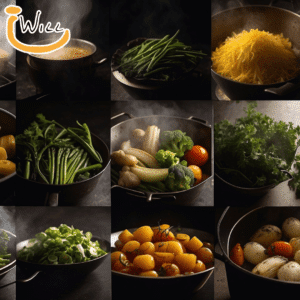
Conclusion
In the end, the debate over raw vs. cooked vegetables doesn’t yield a one-size-fits-all answer. Both raw and cooked vegetables have unique benefits that can enhance a balanced and nutrient-rich diet.
Raw vegetables are excellent for retaining vitamin C and maximizing fiber, ideal for fresh salads, snacks, and anyone aiming to boost digestive health.
On the other hand, cooking vegetables unlocks the bioavailability of essential nutrients like beta-carotene and lycopene, increases antioxidant potential, and often makes vegetables more enjoyable to eat, especially for those who may find raw vegetables challenging to digest.
For optimal health, embracing a mix of both raw and cooked vegetables can provide the best of both worlds. This approach not only diversifies your nutrient intake but also adds variety to your meals, encouraging a lifelong habit of incorporating vegetables daily.
The key is to experiment with different preparation methods, find what best suits your dietary needs, and enjoy the rich flavors, textures, and health benefits that both raw and cooked vegetables have to offer.
FAQs
Should I eat more raw or cooked vegetables?
Both have benefits! A mix of raw and cooked vegetables provides a balance of nutrients and flavors.
What nutrients are lost in cooking vegetables?
Water-soluble vitamins, like vitamin C, and certain B vitamins are most vulnerable to heat.
How can I balance raw and cooked veggies in my diet?
Enjoy salads and raw snacks alongside cooked dishes like roasted vegetables or stir-fries.
What is the healthiest way to cook vegetables?
Steaming and sautéing with minimal oil are great for nutrient retention while enhancing flavor.
Are there vegetables I should avoid eating raw?
Certain vegetables, like potatoes, should always be cooked to avoid toxins and aid digestion.
Can cooking vegetables reduce their health benefits?
Some nutrients are lost in cooking, but others are enhanced. A balanced approach offers the best benefits.
The I Will Projects, a 501c3 Non-Profit, promotes diverse solutions for global challenges. Our IFIZ education programs, emphasizing aquaponics, and insect farming, empower communities through knowledge, collaboration, and sustainable innovation.
Disclaimer: This blog post provides general health and nutritional information. The author is not a medical professional, and the content should not be used as a substitute for professional medical advice, diagnosis, or treatment. Any application of the material provided is at the reader’s discretion and is their sole responsibility. If you have a medical concern or emergency, please consult with a healthcare provider.





